If you’ve ever watched a nature documentary or visited an aquarium, you’ve probably been charmed by dolphins. They’re often portrayed as the playful, intelligent, and friendly creatures of the sea. But there’s a side to dolphins that doesn’t make it into the family-friendly shows. Let’s dive into the lesser-known aspects of these ocean dwellers that might just change how you see them.
1. They’re Aggressively Territorial
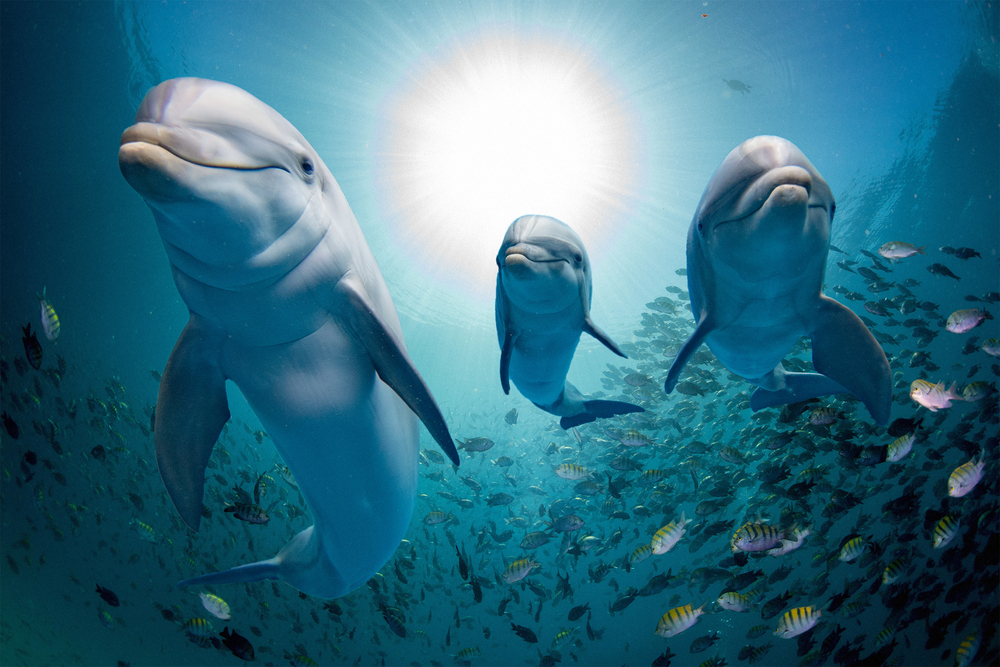
You might think of dolphins as peaceful creatures frolicking in the ocean, but they can be fiercely territorial. These marine mammals have been known to engage in violent confrontations to defend their territory from other dolphins or animals. According to marine biologist Dr. Justin Gregg, dolphins exhibit aggressive behaviors such as ramming, biting, and even killing to protect their turf. Such acts aren’t just random; they’re strategic and calculated, serving to maintain dominance over an area. This aggression shows that dolphins take territorial disputes as seriously as any land animal.
Dolphins’ territorial nature doesn’t end with other species, as it sometimes extends to humans. In areas where dolphins are used to being fed, they have been reported to chase off swimmers and divers. The idea of dolphins being friendly to humans is not universal and depends on whether they perceive you as a threat to their space. This behavior is particularly concerning in areas where human interaction with dolphins is frequent, increasing the likelihood of aggressive encounters. So, the next time you’re in dolphin territory, it might not just be all fun and games.
2. They Have Complex Social Hierarchies

Dolphins live in pods, and within these groups, they establish complex social hierarchies. Think of it as a high school clique system but underwater. Dominant dolphins often lead these pods, and they exercise control over resources and mating opportunities. This hierarchy is not static, though, as dolphins continuously vie for positions of power through social interactions. It’s a constant chess game, and just like in human societies, the stakes can be quite high.
These social structures influence every aspect of a dolphin’s life, from hunting to breeding. Dolphins communicate with each other using a sophisticated system of clicks and whistles, which they use to plan hunts or warn each other of danger. Social hierarchies mean that not all dolphins have equal access to food and mates, leading to competition. This competition can lead to tension and conflict within the pod, much like any competitive social environment. Understanding this dynamic gives us a more nuanced view of dolphin behavior.
3. They’re Not Always Kid-Friendly

Dolphins may look adorable, but they aren’t always the best playmates, especially for young ones. There have been instances where dolphins exhibit aggressive behavior towards each other, and sometimes, this aggression is directed at the younger members of their pod. Dr. Lori Marino, a neuroscientist who studies dolphin behavior, notes that dolphins can sometimes be bullies, particularly towards the young and weaker members of their group. This behavior includes acts like pushing, biting, and chasing, which can be harmful. It’s a stark reminder that the ocean isn’t as carefree as it appears.
These aggressive actions often serve to establish dominance or discipline within the pod. Young dolphins have to learn the pod’s rules and the consequences of breaking them, and older dolphins are quick to enforce these lessons. While it’s a natural part of their socialization process, it raises questions about the impact of such behaviors on the development of young dolphins. It’s a side of dolphin life that isn’t often portrayed, but it’s crucial to understanding their social dynamics. So, while they may appear playful, dolphins’ interactions can be far from innocent.
4. They Use Predatory Tactics
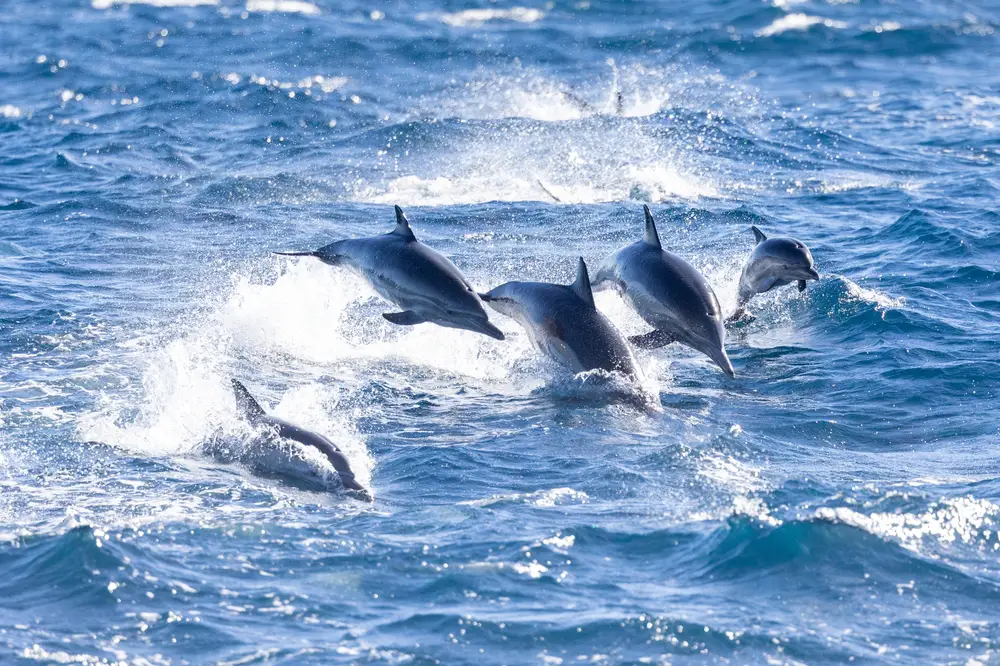
Dolphins are celebrated for their intelligence, which is often showcased in their hunting techniques. They are carnivorous predators, and their intelligence plays a significant role in how they catch their prey. Dolphins have been observed using tools, like sponges, to protect their snouts when foraging on the ocean floor. This innovative behavior highlights their ability to adapt to different hunting situations. It’s fascinating to watch, but it also underscores their predatory nature.
In addition to tools, dolphins employ a variety of strategies to catch fish, which can be quite brutal. They may work together to herd fish into tight balls, making them easier to pick off. Another tactic involves corralling fish into shallow waters, where they become easy prey. These strategies are a testament to the dolphins’ intelligence and teamwork but also a reminder of their role as apex predators. They may be graceful, but dolphins are also efficient hunters.
5. They Engage In Sexual Coercion
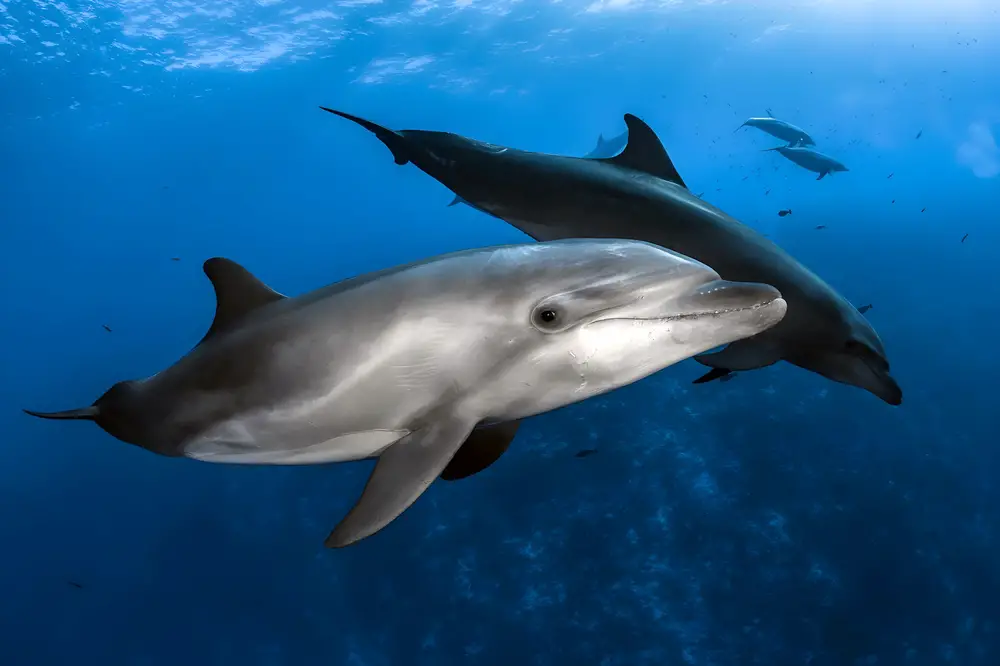
Dolphin mating behavior is not always as consensual as nature documentaries might have you believe. Male dolphins have been known to engage in coercive tactics to mate with females. Marine ecologist Dr. Richard Connor has studied dolphins extensively, noting that males sometimes form alliances to corner and mate with females. These groups can be quite aggressive, preventing females from escaping until they submit. It’s a behavior that’s unsettling but prevalent in the animal kingdom.
This coercive behavior is part of a broader reproductive strategy aimed at maximizing their chances of passing on their genes. While it might be instinctual, it raises ethical questions about our anthropomorphic perceptions of dolphins. Females often have to navigate these social dynamics carefully to ensure the safety of themselves and their offspring. It’s a side of dolphin behavior that’s rarely discussed but critical to understanding their reproductive strategies. So, while they may seem playful, dolphins have a complex and sometimes dark approach to mating.
6. They Communicate Manipulatively

Dolphins are skilled communicators, but they don’t always use their abilities for good. They have a complex system of sounds and signals that they use to communicate with each other and sometimes manipulate situations to their advantage. For instance, dolphins can mimic the calls of other creatures to confuse predators or competitors. This ability to deceive is a reflection of their cognitive sophistication. It’s not just about survival; it’s also about manipulating their environment to their benefit.
Dolphins also use their communication skills to establish social bonds, but these bonds can be exploited. They may form temporary alliances with other dolphins to achieve a common goal, like hunting, only to dissolve them once it’s no longer beneficial. This strategic use of communication shows that dolphins are not just passive players in their environment. They actively manipulate social situations to gain advantages, highlighting their cunning nature. It’s a reminder that their intelligence can be both a marvel and a tool for manipulation.
7. They Attack Other Animals
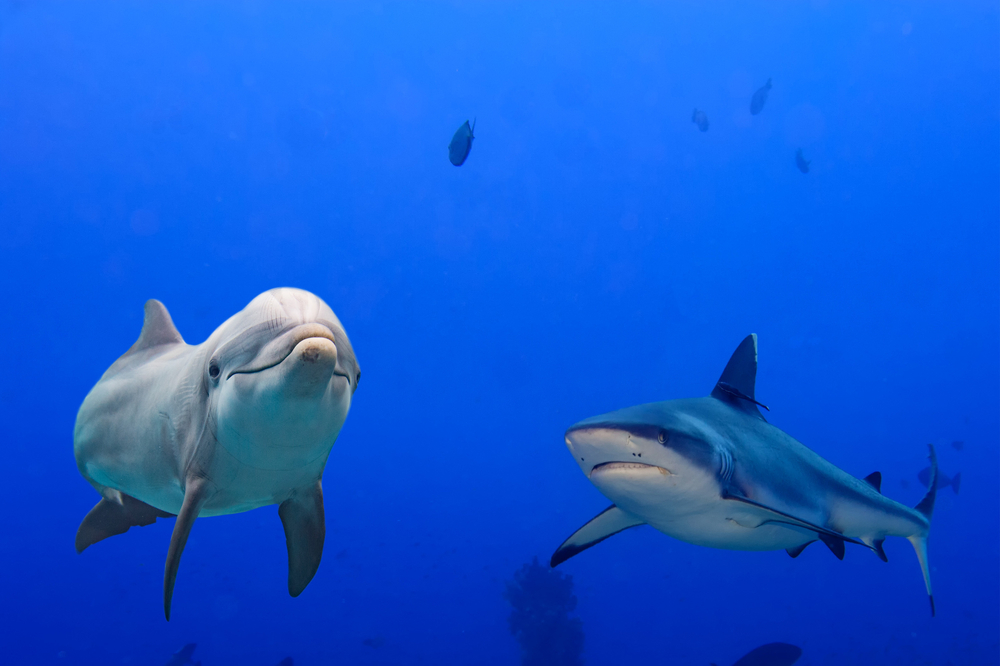
Dolphins might seem like the peacekeepers of the sea, but they have a history of attacking other marine animals. These attacks are not always about food; sometimes, they are about asserting dominance or eliminating competition. Research by marine biologist Stephanie King has documented dolphins attacking porpoises, often with lethal outcomes. These seemingly unprovoked attacks are believed to be a way for dolphins to practice their hunting skills or eliminate potential competition for resources. It’s a behavior that runs counter to their playful image.
Such attacks raise questions about the dolphins’ role in their ecosystems. They are not just playful creatures but also influential predators that can impact the populations of other marine species. This behavior suggests that dolphins are more than just the genial creatures often depicted in media; they have a ruthless side that surfaces when necessary. Understanding this aspect of dolphin behavior shifts our perception from seeing them as merely playful to recognizing their complex ecological roles. So, next time you hear about dolphins, remember they have a darker side too.
8. They’re Opportunistic Feeders

When you think of dolphins hunting, you might imagine them elegantly catching fish mid-leap. However, dolphins are opportunistic feeders, meaning they are not picky about where their next meal comes from. They often follow fishing boats to scavenge leftovers, showing they are not above taking the easy option. This behavior helps them conserve energy and maximize their food intake. It’s a clever survival tactic but also a reminder of their adaptability.
Opportunistic feeding can lead to conflicts with humans, as dolphins sometimes raid fishing nets to steal catches. While it might seem like they’re just being clever, this can cause significant problems for fishermen and disrupt local ecosystems. Dolphins’ adaptable feeding habits demonstrate their ability to thrive in various environments but also bring them into competition with humans. This adaptability is a double-edged sword, benefiting the dolphins but sometimes causing friction with people. It’s another example of how their intelligence can be both admirable and problematic.
9. They Have Complex Emotions
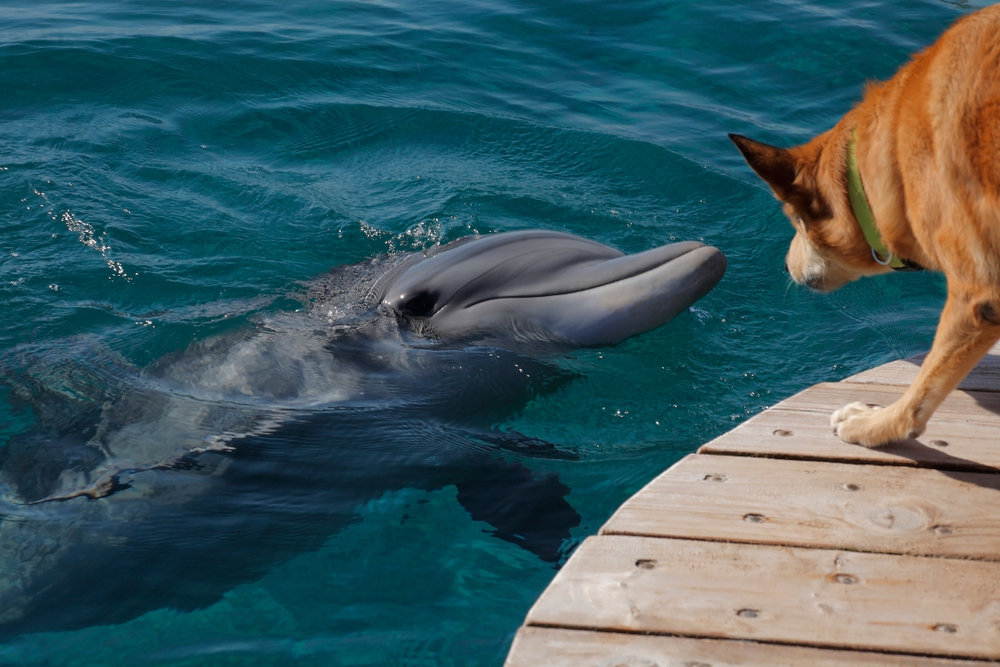
Dolphins are known for their emotional complexity, which can be both fascinating and unsettling. They exhibit a range of emotions that are similar to humans, including joy, grief, and even jealousy. These emotions play a crucial role in their social interactions, influencing everything from bonding to conflict resolution. However, complex emotions also mean that dolphins can be moody and unpredictable. It’s a reminder that they are not just instinct-driven creatures but also emotionally nuanced beings.
Dolphins’ emotional intelligence allows them to form strong social bonds, but it can also lead to conflict within pods. Jealousy and competition can arise, leading to aggressive behaviors and social rifts. This emotional complexity adds another layer to their interactions, making them both fascinating and challenging to understand. It’s a reminder that their social lives are as intricate as any human community. So, while they may seem playful, dolphins are also emotionally complex and not always as innocent as they appear.
10. The’re Intelligent With A Dark Side
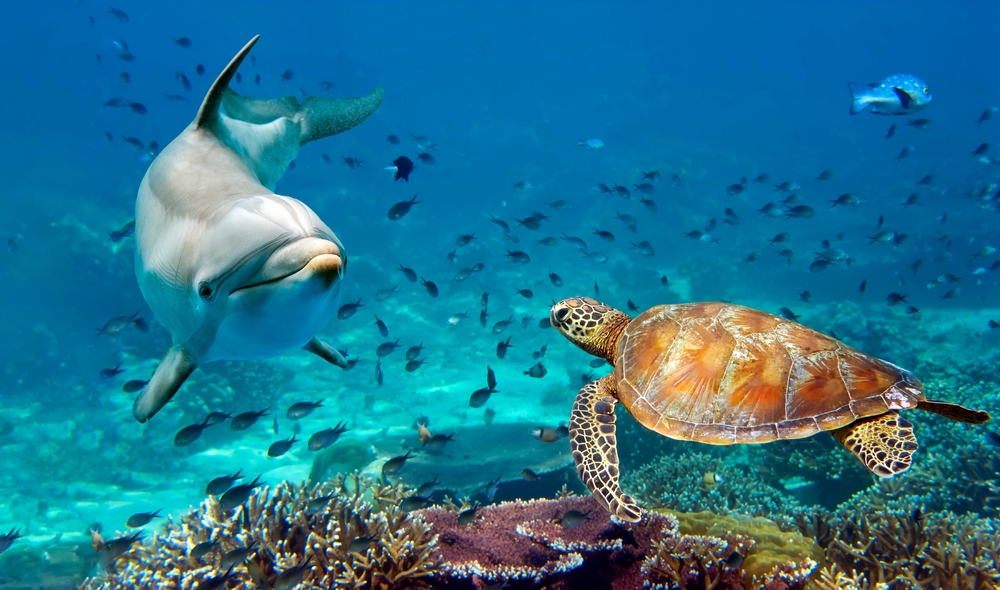
Dolphins’ intelligence is often celebrated, but it also has a darker side. Their problem-solving abilities and social intelligence mean they can engage in manipulative and deceptive behaviors. Dolphins have been observed playing tricks on both their peers and humans, sometimes causing harm in the process. These behaviors point to a level of cunning that’s not just about survival but also about control and influence. It’s a side of dolphin intelligence that is less talked about but equally important.
This intelligence allows dolphins to navigate complex social dynamics, but it also means they can be unpredictable. They can quickly assess situations and adjust their behavior to suit their needs, sometimes at the expense of others. This ability to deceive and manipulate shows that dolphins are not just the benign creatures we often believe them to be. Understanding this aspect of their intelligence challenges the notion that they are inherently friendly and harmless. So, while they may be smart, they also have a cunning side that’s anything but innocent.
11. They Use Communication As Control
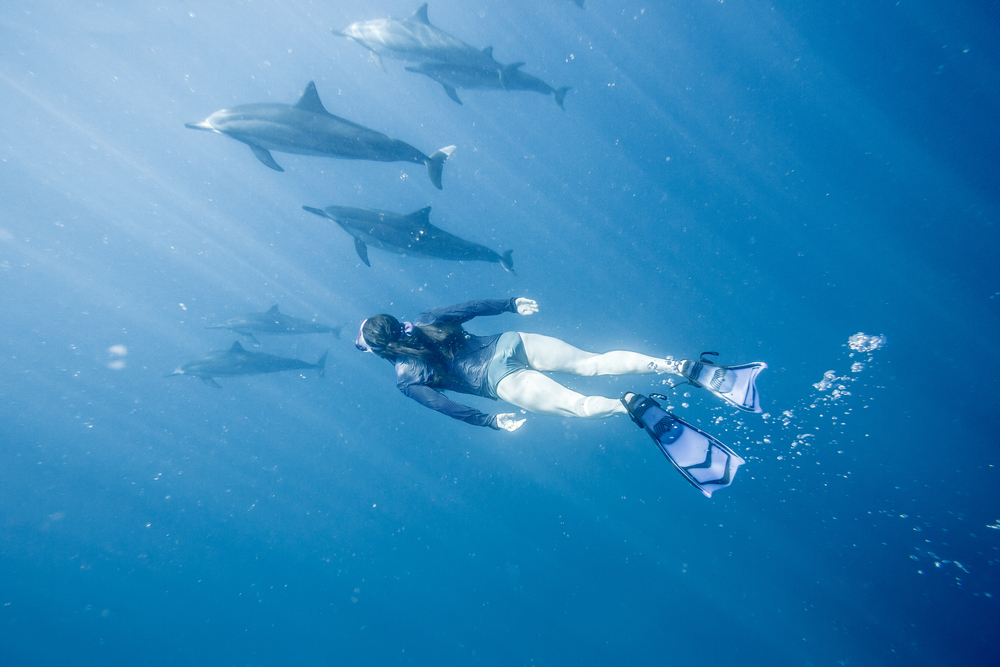
Dolphins have a highly developed system of communication, but it’s not always as friendly as it seems. While they often use clicks and whistles to socialize, they can also employ these sounds aggressively. This aggressive communication is a means of establishing dominance or deterring threats. It’s a reminder that not all dolphin communication is about bonding; some of it is about power and control. Understanding this side of their communication challenges the perception of dolphins as purely social creatures.
This aggressive use of sound demonstrates their ability to influence their environment and interactions. It’s a clever tactic that allows them to assert control without physical confrontation. However, it also adds an element of unpredictability to their behavior, making them more complex than often portrayed. This complexity in their communication mirrors their social dynamics, where power plays a significant role. So, while dolphins are great communicators, their messages aren’t always friendly.
12. They Have Conflict Within Pods
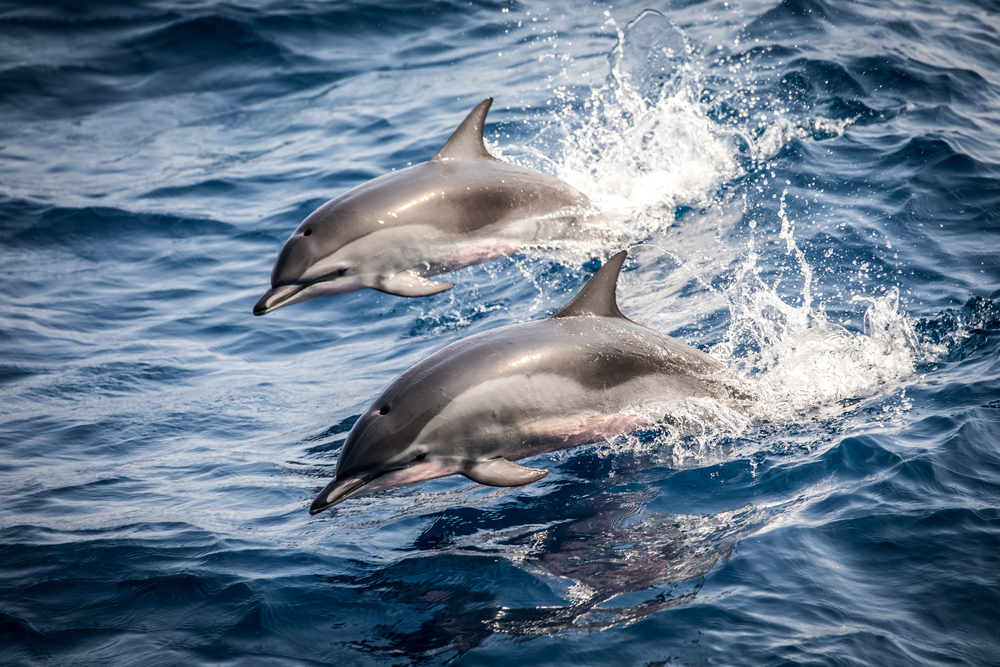
Dolphin pods might seem harmonious, but there’s often more going on beneath the surface. Just like any social group, pods experience conflict and tension. These internal conflicts can arise from competition for mates or resources, leading to aggressive behavior. Such conflicts are a reminder that dolphin societies are not as idyllic as they might appear. Understanding these dynamics provides a more realistic view of their social structure.
These conflicts can have lasting impacts on the pod’s social hierarchy and relationships. They can lead to shifts in power and alliances, affecting everything from hunting strategies to mating opportunities. Despite their playful appearance, dolphins are not immune to the challenges of social living. These internal conflicts highlight the complexities of their social world and the ongoing struggle for dominance. It’s a reminder that dolphin pods are dynamic, changing communities.
13. Their Human Interactions Can Go Sideways
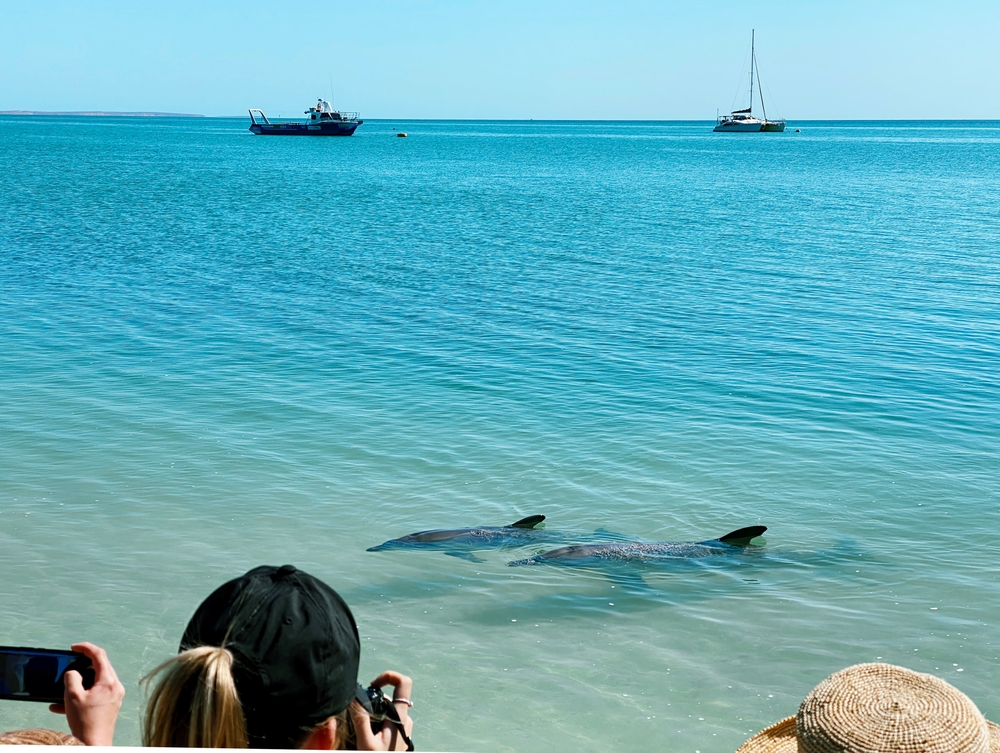
Dolphins have a long history of interacting with humans, but these encounters aren’t always positive. While they are often seen as friendly and approachable, dolphins can be unpredictable, especially when they feel threatened. There have been reports of dolphins becoming aggressive towards swimmers or divers, sometimes resulting in injury. This behavior underscores the importance of respecting their space and understanding that they are wild animals. It’s a reminder that our perceptions of dolphins can often be overly simplistic.
These interactions can be influenced by dolphins’ previous experiences with humans, especially in areas where they are frequently fed or harassed. It’s crucial to remember that dolphins are not domesticated animals, and their behavior can change rapidly. Human interactions can sometimes lead to stress or aggression, highlighting the need for responsible wildlife tourism and conservation practices. Understanding this aspect of dolphin behavior helps us appreciate the need for respectful and safe interactions. So, while they might seem approachable, dolphins are still wild creatures deserving of our respect.
